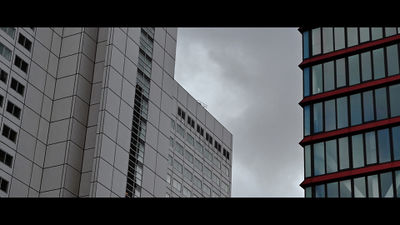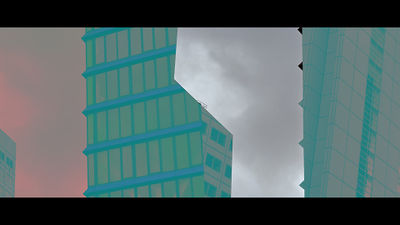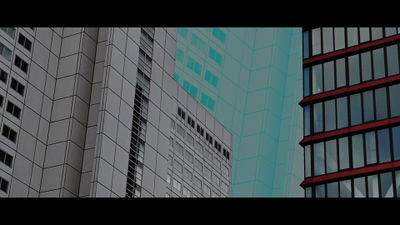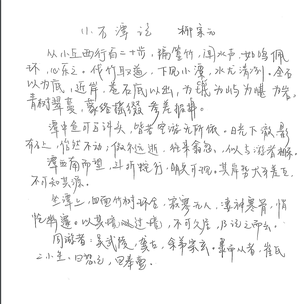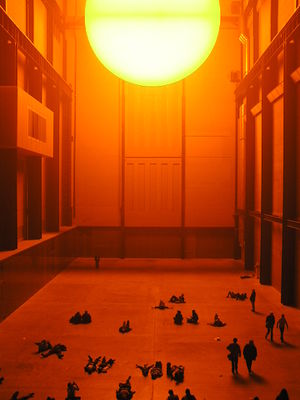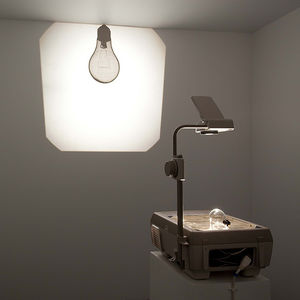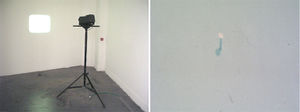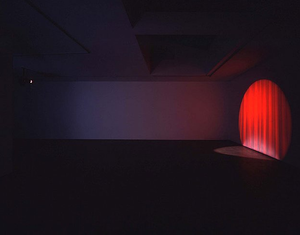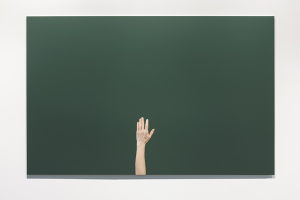User:Stonestone/ nosebleed
Nosebleed
Background Story
This is a normal morning or a normal afternoon, however, it is a normally normal moment, you step out of your door, grabbing two bags of rubbish in your hands. From the door to the dustbin, there are 100 steps in total. After 57 steps, you feel your nose bleeding, suddenly. "What the fuck?!" You think to yourself. You have to raise your head in order to stop nosebleed. Oh, there is nothing on above at all, tops of tall trees, tops of some tall buildings and, of course, the sky. I have to say, it is a random view indeed. Unfortunately, you have to look at this view for a few minutes, and waiting for your nose to stop bleeding. Damn it! You feel you are wasting your life, although, you also spend more time on doing other useless stuff everyday. At first, you just look at the view in front of your eyes, and cannot wait to leave this situation. But lately, you just notice that there is something in the sky, such as some clouds, some birds, some plastic bags. Then you would not see them anymore. You stop thinking anything else at all. In the end, after your nose stops bleed, before you go on your way to the dustbin, you get a specific feeling of the very specific position.
Testing Images
Then my Premiere CC became an artist by himself.............(rendered from the same frame.).
What is it
Video series which are presented at the same time, in the same duration, showing the views you might see when your nose suddenly bleed.(It is not ture..)
In a very short moment, they have some same frames, cos, they are all from Rotterdam, as a symbol of the relatively same position, they are connected and disconnected as well.
Projecting on the top part of the wall.
A coordinate data under each image in order to tell where it is on Earth.
What's more
Describing a view.
Problems
1. Premiere Pro CC on my laptop can not render well. I am not sure if it is because of the hardware/software/matte matters.
2. Views Choosing.
Reference
Yuck Southern Skies
Video by Jacob Perlmutter. Artwork by Hannah Davis.
Guido van der Werve
The Day I Didn't Turn With The World
Nr.14 Home
Heart of a Dog
Text of Describing a Normally Normal Trip
| The Small Tarn West of the Knoll Liu Zongyuan |
|---|
| A hundred and twenty paces west of the knoll, across the bamboos and bushes I heard with delight a gurgling like the sound made by jade bracelets. So I cut a path through the bamboos till I came upon a small pool of clear water. The bottom was of rock and a spring gushed out from the boulders near the bank. Rocks formed little islets and crags, overhung by green trees and vines which were growing in great profusion. There were about a hundred fish in the tarn, and they seemed to be gliding through empty space without support. In the sunlight which reached the bottom, casting shadows over the rocks, the fish would stay for a while motionless then suddenly dart far away. They scudded to and fro, as if sharing the visitors' delight. Looking southwest in the chequered sunlight at the jagged, serpentine shore, you could not see the whole. I sat by this tarn, with bamboos and trees all round me, in utter silence and solitude. The seclusion and quiet cast a chill over me; and the scene was one of such purity that I could not stay there long. So I marked the spot and left. With me were Wu Wuling, Gong Gu, and my brother Zongxuan. And two of the Cui boys, Shuyi and Fengyi, had accompanied us to help us. |
'
Olafur Eliasson SUN
Olafur EliassonThe Weather Project, 2003
Monofrequency lights, projection foil, haze machines, mirror foil, aluminium, and scaffolding
26.7 m x 22.3 m x 155.4 m
Installation in Turbine Hall, Tate Modern, London
The subject of the weather has long shaped the content of everyday conversation. The eighteenth-century writer Samuel Johnson famously remarked ‘It is commonly observed, that when two Englishmen meet, their first talk is of the weather; they are in haste to tell each other, what each must already know, that it is hot or cold, bright or cloudy, windy or calm.’ In The Weather Project, the fourth in the annual Unilever Series of commissions for the Turbine Hall, Olafur Eliasson takes this ubiquitous subject as the basis for exploring ideas about experience, mediation and representation.
In this installation, The Weather Project, representations of the sun and sky dominate the expanse of the Turbine Hall. A fine mist permeates the space, as if creeping in from the environment outside. Throughout the day, the mist accumulates into faint, cloud-like formations, before dissipating across the space. A glance overhead, to see where the mist might escape, reveals that the ceiling of the Turbine Hall has disappeared, replaced by a reflection of the space below. At the far end of the hall is a giant semi-circular form made up of hundreds of mono-frequency lamps. The arc repeated in the mirror overhead produces a sphere of dazzling radiance linking the real space with the reflection. Generally used in street lighting, mono-frequency lamps emit light at such a narrow frequency that colours other than yellow and black are invisible, thus transforming the visual field around the sun into a vast duotone landscape.
The Unilever Series: Olafur Eliasson, The Weather Project is curated by Susan May, Curator, Tate Modern, assisted by Maeve Polkinhorn, Project Assistant. Tate Modern and Olafur Eliasson wish to thank the following for their part in realisation of this installation: Dr Ing. Switbert Greiner (engineer); Alluvial Leichtspiegel GmbH; Unusual Rigging Ltd; Stage Electrics and Lightwaves Ltd. The artist is represented by Tanya Bonakdar Gallery, New York and neugerriemschneider, Berlin. Thanks also to the Royal Danish Embassy, London.
Ceal Floyer
Project it, let's see what will happen.

